After which you can plant onions?
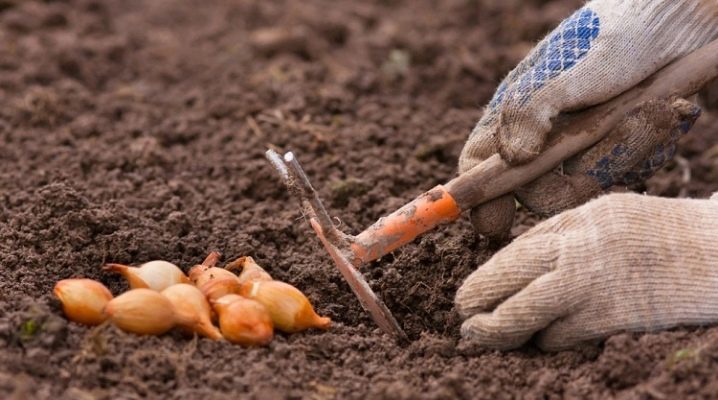
Onions are the most popular garden vegetable. In order to get a good harvest, it is recommended to prepare the planting site in advance. It is important to consider what kind of crop was grown on this site last year.
The fact is that some plants take useful substances from the soil, while others, on the contrary, enrich the soil. Having studied the basic rules for growing onions, you can get a really good harvest in the fall.
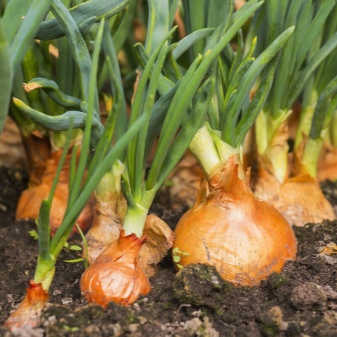
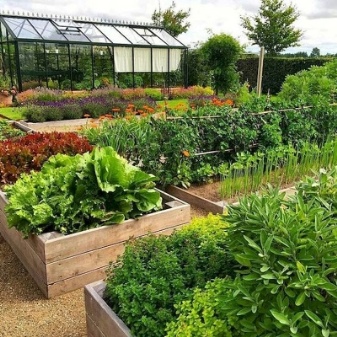
Best predecessors
There is a category of gardeners who have a specific place on the plot for each crop, that is, every year after an onion in the same garden, they plant onions again. In this case, you should definitely not expect a good harvest - even with the most correct care. Onions deplete the soil and accumulate certain types of pathogens in it. It is categorically impossible to plant onions after onions. It is best to give this site for the cultivation of crops such as:
- legumes;
- roots;
- nightshade;
- pumpkin.
Here, too, there is one important feature. It is necessary to decide for what purpose the onion is grown: for a feather or for a turnip. In the first case, they are most often planted before winter, that is, they dig up a garden bed in the fall and already plant sevok.
Since the summer season, the site has not yet rested, therefore the most favorable predecessors for onions in this case are: green manure plants (with the exception of clover), legumes, cereals and mustard.
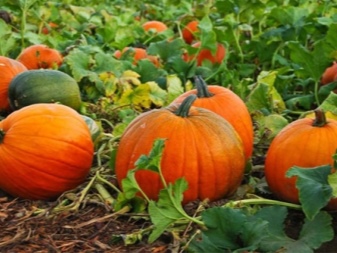
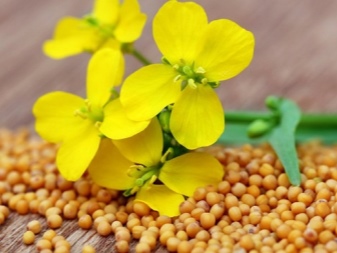
A good option are plants belonging to the category of fast growing: radishes, dill and other greens.
Onions can also be planted on a turnip after green manure. Their advantage is that they enrich the soil with nitrogen, lifting deep-seated nutrients to the topsoil. You will get a good harvest if you plant onions in the area where legumes were previously grown.
The ideal option for planting before winter would be:
- mustard;
- rape;
- rye;
- beans and beans.
For winter planting, the most favorable predecessors are considered: tomatoes, cucumbers, lettuce and cabbage of various varieties. You can plant onions after potatoes, but in this case, you need to be as careful as possible. The fact is that these vegetables have common diseases. That's why, if the potatoes have been exposed to them, there is a high risk of contamination of the onion. As a result, a bad harvest.

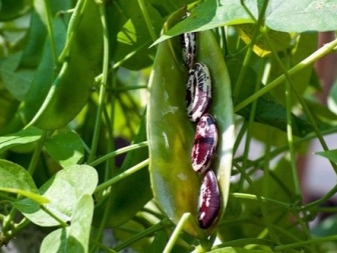
Neutral options
There are neutral crop options, after which you can safely grow onions in the garden and hope for a good harvest. These plants include strawberries. As a rule, it is considered perennial, so gardeners are in no hurry to move berry bushes from one place to another.
But if it so happened that the next year, for some reason, the strawberries had to be "relocated" to another plot, then on this bed you can safely grow onions of different varieties on a feather or turnip. You just need to completely free this space from the bushes and roots of strawberries, dig it up well, make the bed even. If desired, it is allowed to introduce nitrogen-containing fertilizers. After these events, you can plant onions in the fall or spring. With proper care, a very good harvest will be obtained.
Also, the bow will feel good in those beds, where radish, radish and other similar root crops were grown earlier. If we talk about a suitable neighborhood, then again the most favorable options are strawberries and strawberries. Onions feel great in the vicinity of these crops. In addition, they do not have common diseases, so they cannot affect each other's yield in any way.
A good neighbor for a garden with onions is carrots. The fact is that this vegetable fights well against onion flies, which can spoil yields. That is why, when choosing a garden bed in spring or autumn, this circumstance must be taken into account.
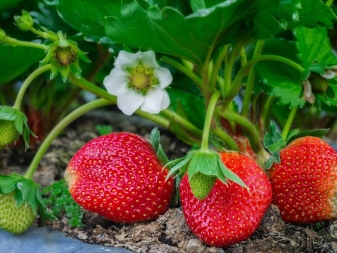

After which you can not plant onions?
With an incorrect crop rotation, the yield will decrease several times every year. If you do not follow the rules, then soon the onion harvest will be meager, and the vegetables themselves will be small and of poor quality in terms of taste.
As already mentioned, it is strictly forbidden to plant onions after onions. This requirement has a number of explanations.
- Identical nutrients are taken from the ground... In one year, the soil cannot replenish them either independently or with the help of top dressing.
- The predecessor onion can get sick. The pathogens will remain in the ground, and some of them will not die even during the winter. If a new onion is planted in the same place, then, most likely, it will also be susceptible to the same disease.
The same rule applies to garlic. Its properties are similar to onions. Both cultures are susceptible to attacks by the same pathogens, therefore, both the subsequent landing and the neighborhood are highly discouraged. Some gardeners have a different opinion about garlic. They believe that it repels the onion fly and weevil. This is actually the case. But still, competition may arise between two identical cultures: one of them will begin to turn yellow and wither. It is not recommended to plant onions after sunflowers.
But not everything depends on the correctness of the chosen neighbor and predecessor. The quantity and quality of the crop is largely related to the soil in which the seedlings are planted. Onions are a lover of warm soil, therefore, initially for planting, it is necessary to choose those areas that are well warmed up by the sun's rays throughout the day. You should also take care of the characteristics of the earth. For this vegetable, moderately acidic, loamy and moderately moist soil will be an ideal option.
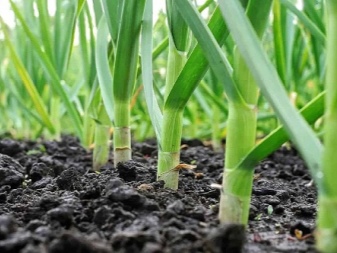
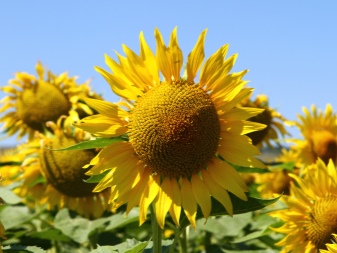
It is strongly not recommended to plant this vegetable:
- in the lowlands, where it is always damp and cold, since it will rot and grow poorly;
- into cold ground;
- into acidic soil.
If a suitable sunny area is selected, but the measurements showed a too high level of acidity, then this indicator can be changed manually. For this, it is necessary to carry out the liming procedure. This must be done 2 years before the intended planting of this culture on the site. The process of preparing the soil is as follows: the beds must be carefully dug onto the bayonet of a shovel, remove all available weeds, and fertilize the soil.
The calculation of the applied fertilizer will be as follows: mix 5 kg of rotted manure or some other humus with 1 kg of ash. Thatwhat volume will be needed for each square meter of soil. It is recommended to repeat the procedure the next year. And already in the third year, the bed will be completely ready for seeding. In such soil, you can grow a vegetable both on a feather and on a turnip. During the fertilization process, it is very important not to use fresh manure. The fact is that for onions such feeding is practically destructive. If the soil has ever been fertilized in this way, then this area will be unsuitable for onions for the next 3-4 years.
Onions require moderately abundant watering... When the soil dries up, the feather will be yellow, and the turnip will be flabby and shallow. Watering the crop too much and often will cause it to rot. If you follow all the conditions of crop rotation, properly prepare the soil and take good care of the crop, you can have a good harvest every year.
Also, do not forget about quality seeds. Sevok is recommended to be purchased only from trusted manufacturers and in specialized stores.
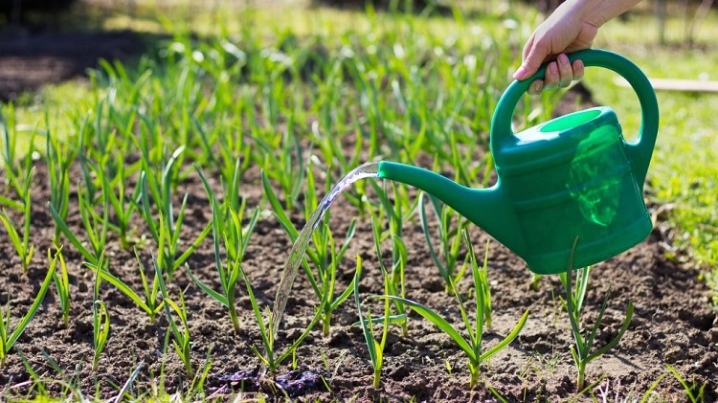













The comment was sent successfully.